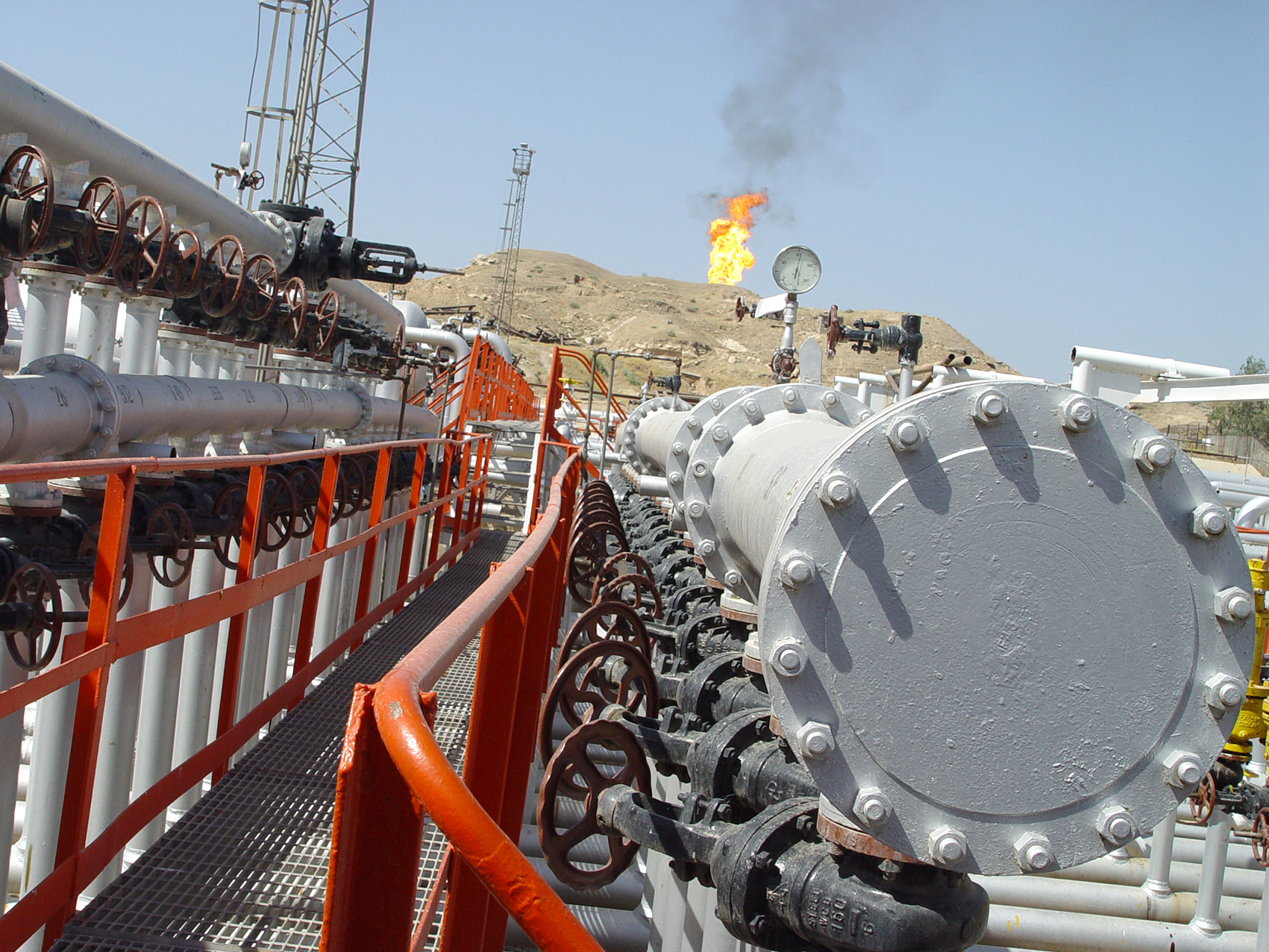In line with policies to expand the national gas grid, projects are underway to extend the network across the country during the next five years, the managing director of Iran Gas Engineering and Development Company said.
“Plans have been devised to lay 1,200 kilometers of pipelines, in addition to building 10 compressor stations per annum,” Hassan Montazer-Torbati was also quoted as saying by IRNA on Wednesday.
According to the official, close to 36,000 kilometers of high-pressure gas pipes are up and running in different parts of the country and plans call for extending it to 45,000 km by 2026.
Pointing to the number of compressor stations, Montazer-Torbati noted that IGEDC has already set up 79 stations and plans are in progress to increase them to as many as 130 stations.
“If the much-needed budget is approved and allocated, the plans are not farfetched,” he said, adding that domestic experts possess the technical know-how needed to play a major role in the venture.
Underscoring the importance of developing national gas infrastructures, the official noted that the more the network is extended, the faster gas will be transferred from far-flung refineries to the urban areas.
"With the completion of more phases of South Pars Gas Field in the Persian Gulf, liquid fuels such as diesel and mazut are replaced by natural gas as power plant feedstock," he said, adding that the country has saved almost 50 billion liters of liquid fuel in the last three years.
South Pars is the world's largest gas ?eld shared between Iran and Qatar, covering an area of 3,700 square kilometers of Iran's territorial waters in the Persian Gulf.
The country is expanding gas supply infrastructure, as it looks to raise daily gas production to 1.2 billion cubic meters by 2021 from the present 880 million cubic meters.
Boosting Exports
According to Hamid Hosseini, secretary-general of Iran-Iraq Chamber of Commerce, a new round of talks has commenced with Iraqi officials to boost natural gas exports to the neighboring state.
Referring to gas export project to Iraq that started in late June, Hosseini said the previous contract was signed with Iraq's Energy Ministry to supply cities with the strategic fuel, yet new negotiations are being held with the country's Oil Ministry to provide their power plants with much-need feedstock.
"Iraq is making concerted efforts to develop its oilfields with the help of its neighbors, namely Jordan, Saudi Arabia and Turkey," he said, adding that this is an ideal opportunity for Iranian private and state firms to get involved in the ventures.
According to the official, serious talks are underway between the oil ministries of Iran and Iraq, and the latter has shown interest in purchasing natural gas from Iran to run its power stations.
"The new deal that is expected to be concluded in the near future has nothing to do with the previous one that came into effect in June," Hosseini said, noting that Iraqi officials have recently paid a visit to National Iranian Gas Company to check the firm's facilities.
The war-ravaged Arab country needs Iran’s gas to feed three of its power plants and alleviate chronic outages that have sparked protests against the government in Baghdad in the past few years, particularly during the hot summer season when electricity demand soars. According to the latest BP Statistical Review of World Energy, Iraq has now become Iran's second largest gas customer behind Turkey, which imported about 21 mcm/d in 2016.
Iran (with 34 trillion cubic meters) and Russia (with 32.6 tcm) hold the largest proven gas reserves, BP reported.


